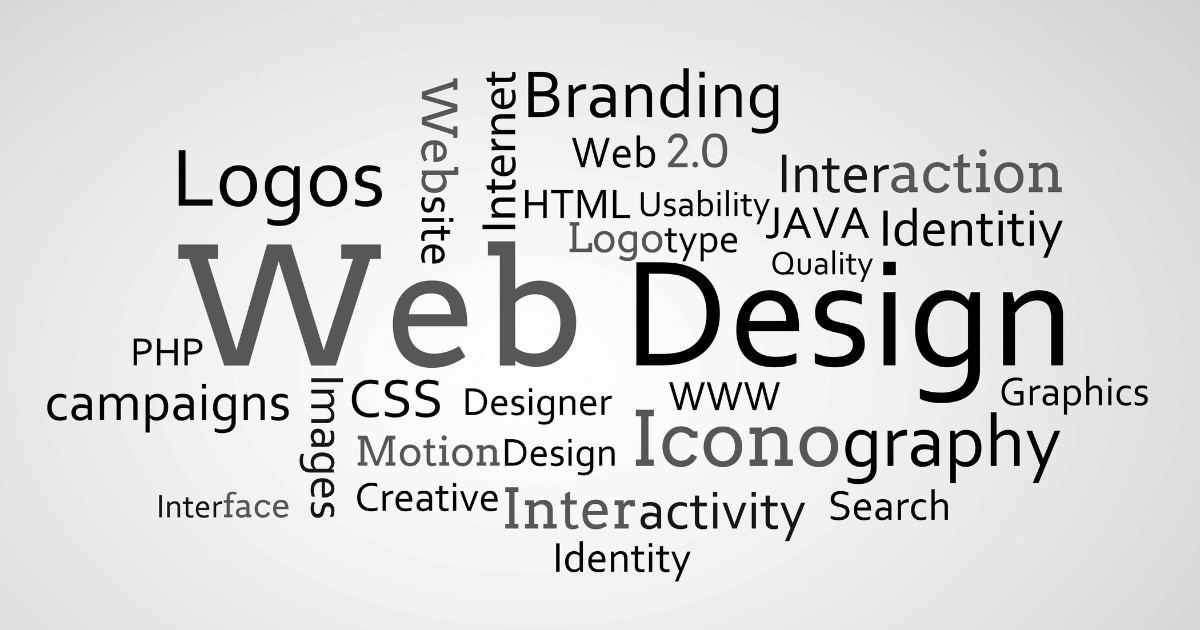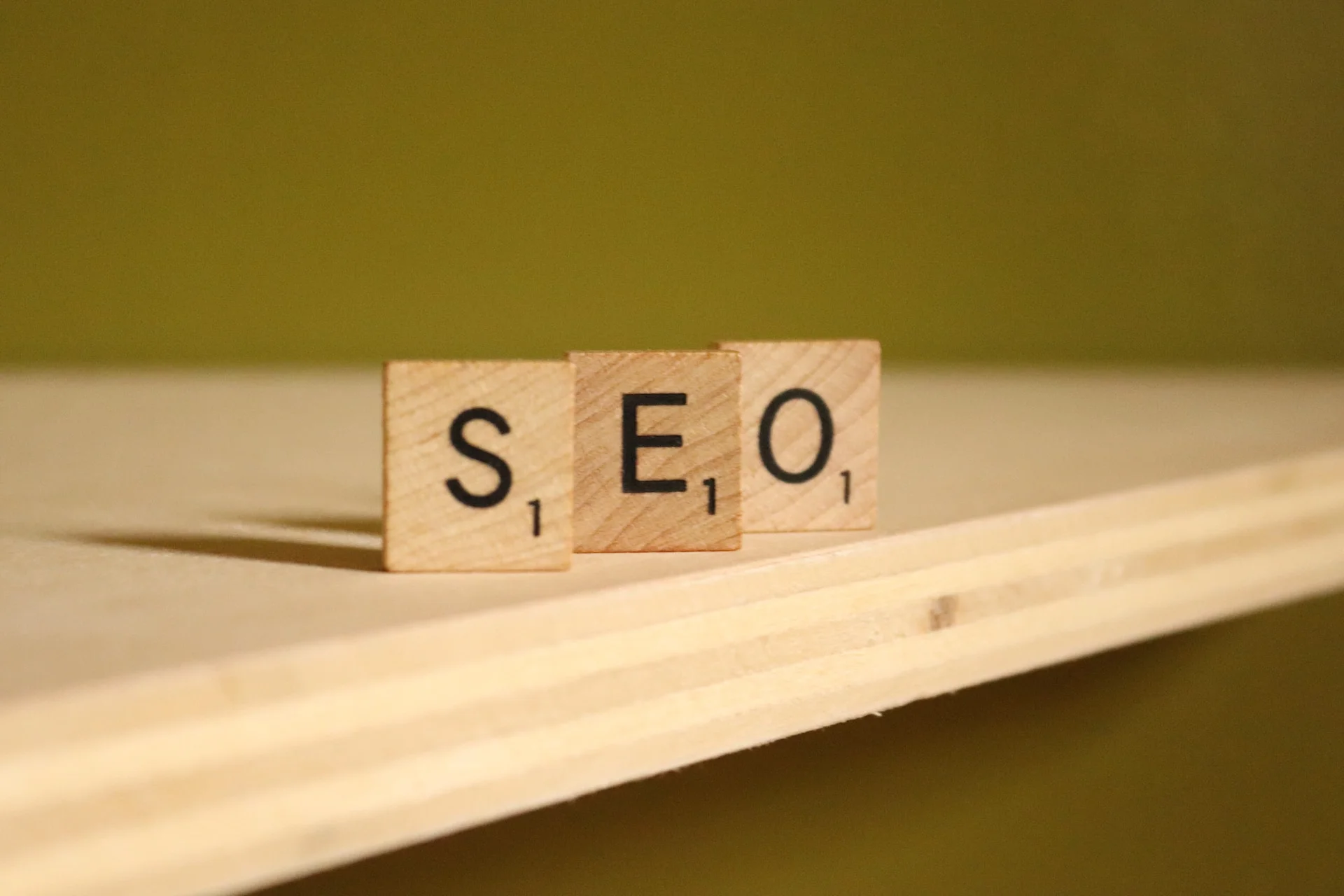Table of Contents
Introduction
As a digital marketer, I’ve always been passionate about creating valuable content for my audience.
Content marketing has been a crucial part of my overall marketing strategy. It allows me to connect with potential customers and establish my brand as a trusted resource in the industry.
However, I’ve come to realize that the success of my content marketing efforts doesn’t solely rely on the quality of my content; it also heavily depends on the design of my website.
In this article, I’ll explore how web design has impacted my content marketing strategy and share some insights I’ve gained.
Accessibility: Making My Content Easy to Find
One of the primary goals of my content marketing strategy is to attract visitors to my website and encourage them to engage with my content.
However, if my content is difficult to find, all my efforts in creating valuable content may be in vain. I’ve learned that navigation plays a crucial role in content accessibility.
A user-friendly navigation structure helps visitors quickly find the information they’re looking for, reducing the risk of frustration and increasing the likelihood of engagement.
To improve the accessibility of my content, I’ve implemented the following tips:
- Use clear and concise labels for my navigation menu items
- Implement a logical hierarchy for my content categories
- Include a search function to help visitors find specific content quickly
By making my content easy to find, I’ve seen a significant increase in engagement and time spent on my website.
Appearance: Building Trust and Credibility with My Website’s Design
In today’s digital landscape, first impressions matter more than ever. When visitors land on my website, they form an opinion about my brand within seconds. A clean, professional design helps build trust and credibility with my audience, while a cluttered or outdated design can quickly turn visitors away.
I’ve found that the following elements are key to creating a professional and trustworthy design:
- Consistent branding across all pages and elements
- Appropriate use of white space to create a clean and uncluttered layout
- High-quality images and graphics that visually support my content
Investing in a professional and visually appealing website design has established my brand as a credible and trustworthy resource in my industry.

Readability: Ensuring My Content is Easy to Consume
Creating valuable content is only half the battle; ensuring that my content is easy to read and consume is equally important.
I’ve learned that font and color choices significantly affect readability.
If my font is too small or the color contrast is poor, visitors may need help to read my content, leading to a high bounce rate and low engagement.
To improve the readability of my content, I follow these best practices:
- Choose legible fonts that are easy to read on various devices
- Use appropriate font sizes for headings and body text
- Maintain sufficient contrast between text and background colors
By prioritizing readability, I’ve seen an increase in the average time visitors spend on my website and a reduction in my bounce rate.
Comprehension: Enhancing Understanding with Visual Content
In addition to readability, incorporating visual content can greatly enhance my audience’s understanding of complex topics.
Visual content, such as images, videos, and infographics, can help break down information into easily digestible formats, making it easier for visitors to grasp key concepts.
Some types of visual content I incorporate into my website include:
- Relevant images that support the text content
- Explanatory videos that demonstrate processes or concepts
- Infographics that present data and statistics in a visually engaging way
When integrating visual content into my website, I ensure it is high-quality, relevant to the text content, and optimized for various devices and screen sizes.
By enhancing comprehension through visual content, I’ve seen increased social shares and backlinks to my content.

Designing a Content-Friendly Website: My Experience
When I started my content marketing journey, my website’s design could have been more optimal. I struggled with a cluttered layout, poor navigation, and a lack of visual appeal.
Realizing that my website’s design was hindering my content marketing efforts, I decided to take action.
I trained myself in web design to completely rethink my site’s design, focusing on creating a user-friendly layout with content that would support my marketing objectives.
I was then able to integrate user feedback and analytical data to guide my design decisions and create a website that truly met the needs of my audience.
The results of my website redesign were remarkable:
- Increased engagement, with visitors spending more time on my website and interacting with my content
- Higher conversion rates, as visitors were more likely to take desired actions, such as subscribing to my newsletter or contacting me
- Improved search engine rankings, as search engines favored my website’s user-friendly design and high-quality content
I’ve achieved significant growth and success in my digital marketing efforts by prioritizing web design as a crucial component of my content marketing strategy.
Conclusion on Web Design impact
Through my experience, I’ve learned that web design and content marketing are intrinsically linked. A well-designed website supports my content marketing efforts and amplifies their impact. By focusing on accessibility, appearance, readability, and comprehension, I’ve created a website that effectively showcases my valuable content and engages my target audience.



